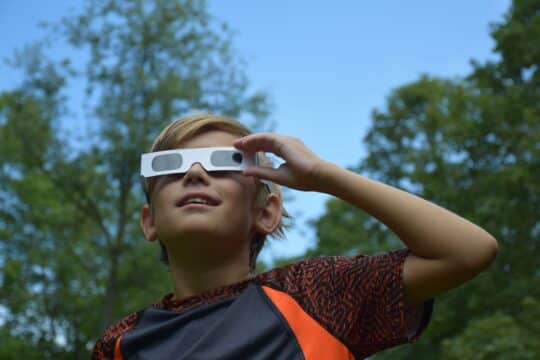In today’s classrooms, there’s a growing trend towards creating a more interactive learning experience for students. Teachers are adopting new innovative approaches, such as integrating a makerspace in the classroom. This is a designated area for hands-on learning that helps to foster creativity and other essential skills among students. This concept has grown dramatically since educators are seeing how well it fosters student engagement and social interaction. Here, we will explore what a makerspace is and its benefits and give tips on setting up your own makerspace in the classroom.
What is a Makerspace?
A makerspace is an area in the classroom that is used for students to learn, explore, create, and collaborate. It’s also a place where students problem-solve, test, assemble, build, invent, and think outside of the box. These spaces are equipped with a variety of materials and tools that allow students to learn new skills and develop ideas.
Materials and tools may include arts and crafts, engineering supplies, and technology and robotics supplies. Emphasizing hands-on project-based learning, a makerspace is designed to appeal to all different learning styles and abilities. It’s a space to unite students to collaborate on projects, explore curiosities, and empower them to develop skills and solve problems.
Benefits of a Makerspace
Integrating a makerspace into your classroom can offer a multitude of benefits. Research has demonstrated that makerspaces enhance students’ creativity, critical thinking, and design skills. Here’s a closer look at the benefits of setting up a makerspace in your classroom.
Enhances Engagement
A makerspace enhances student’s learning experience by involving them in hands-on, interactive activities. This active participation fosters a deeper connection to what students are learning, making the process more enjoyable. As students see their creations come to life, their internal motivation and self-confidence rise. This engagement can lead to a more fulfilling learning experience for students.
Nurtures Creative Thinking and Innovation
Makerspaces are a dedicated space that fosters creativity and exploration. Learners are challenged to push the boundaries and think outside of the box. As students experiment with their ideas and with the tools and materials provided, they are creatively risk-taking and embracing innovation. As creators, they are developing skills that are necessary for their future.
Develops Critical Thinking and Problem-Solving Skills
While creating in a makerspace, students will encounter challenges. These experiences will develop their critical thinking and problem-solving skills. They will learn how to navigate a variety of problems and how to assess and problem-solve to make an informed decision. This analytical process will equip students to tackle any future problems with confidence.
Encourages Collaboration and Communication Skills
Makerspaces are a collaborative environment where students use their interpersonal skills to work in a team to complete a project. This cooperative environment is a place where students share their ideas, listen to others, and share responsibilities. Through this interaction, students are exposed to different perspectives, which will not only help to broaden their understanding of others but also will equip them with the social skills they need to collaborate with others in the future.
How to Create a Makerspace in Your Classroom
Creating a makerspace doesn’t require a large budget or a lot of space in the classroom. Here are a few tips on how to get started.
Establish your Goal
What do you want your students to get out of the space? Whether it’s to foster creativity, encourage innovation, or enhance problem-solving skills, you need to come up with a clear objective. It may be all three of those things. If so, figure out what your goal is so you can then gather your materials and begin your setup of the space.
Gather your Materials
You will need a variety of materials and tools that will align with the specific age group and skill level of your students. Source basic craft supplies such as paper, glue, scissors, and markers, which are items that are most likely already in your classroom. For younger students, you can acquire engineering and technology items such as Legos, iPads, magnetic blocks, and other manipulatives. To acquire larger sources such as 3D printers or other high-tech equipment, you will need to talk to the administration to see if there are any potential technology or science grants or seek contributions from donors.
Design the Space
A makerspace can be a table in the classroom, a designated corner, or even a mobile cart that is stocked with materials and can be wheeled around wherever you need it to go. This specific zone should be organized with materials and tools readily available for students to create. Ideally, a well-thought-out makerspace should be adaptable, flexible, and accessible, and inspire students to think creatively and critically.
Guide and Instruct Students
It’s crucial to equip students on how to safely create and collaborate in the makerspace. Instruction and support should be ongoing to foster a safe and confident learning environment. The more you expand your skill set on how to make the most of a maker space, the more enriching you will make your students’ learning experiences. Start by explaining the purpose of a makerspace, then go over safety protocols and how to safely use tools and the space properly. Next, encourage students to explore and experiment by working on projects with others.
Creating a makerspace in the classroom will not only enhance your student’s learning experience but also prepare them for any challenges in the future. By fostering a space where students can be creative and innovative, as well as work within a team, you are equipping them with the skills that are necessary to succeed in the future.




